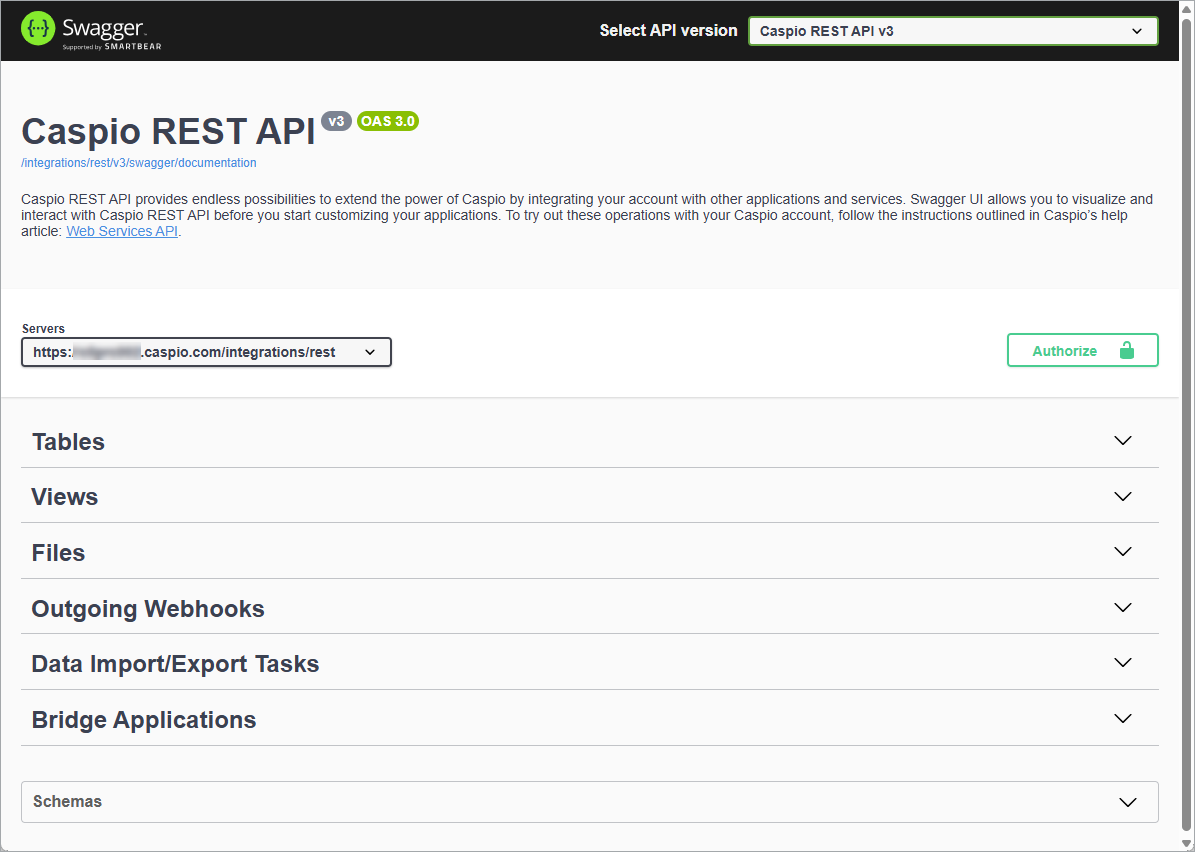![]()
I've wasted entire afternoons trying to figure out API endpoints from static docs. Read the docs, craft what looks like a perfect request, get a 400 Bad Request with zero context. The worst part? You don't know if it's your payload, headers, or just bad documentation.
Swagger UI fixes this by generating interactive docs from your OpenAPI specifications. Instead of guessing what parameters are required or what the response looks like, developers can test calls directly in the browser. It's maintained by SmartBear Software as an open-source project, which means it's actually free and not some freemium trap.
What Actually Happens When You Use It


You point Swagger UI at your OpenAPI specification file (JSON or YAML), and it generates a web interface that doesn't suck. The interface shows:
- Endpoint details - HTTP methods, parameters, expected responses
- Live testing interface - Click "Try it out" and make real API calls
- Authentication handling - OAuth 2.0, API keys, whatever auth scheme you're using
- Response examples - Actual JSON/XML responses, not just schema definitions
The UI is built with React and Redux, which means it's modern JavaScript that actually works in browsers. The plugin system lets you customize almost everything, though you'll spend more time reading undocumented code than you'd like.
OpenAPI Version Support (The Good and the Annoying)

Swagger UI handles different OpenAPI versions, but some work better than others:
- OpenAPI 3.0.x - This is what you want. Just works.
- OpenAPI 3.1.0 - Newer, uses JSON Schema 2020-12 if you care about that stuff
- Swagger 2.0 - Still works but it's from 2017, time to move on
If you're still on Swagger 2.0, you're missing out. I learned this when our mobile team couldn't implement proper request validation - Swagger 2.0's body parameter format is ancient garbage. Took me 2 days to migrate our 50-endpoint spec to OpenAPI 3.0, but the improved schema definitions and request body handling saved weeks of debugging later.
Version Migration Hell: Swagger UI 4.x to 5.x broke half our custom CSS because they changed the DOM structure without warning. One minor version update and suddenly everything looked like ass. Spent most of a Friday afternoon figuring out why our complex schemas looked broken. Always pin your damn version in production.
Deployment Options (And What Actually Works)

You can run this pretty much anywhere - Apache, nginx, S3, whatever you've got. Here's what actually works in production:
Static Files (Easiest):
- Download the dist folder and serve it like any static site
- Works with Apache, Nginx, AWS S3, GitHub Pages, Netlify, Vercel, whatever
- Just remember you need to serve it over HTTP/HTTPS, not file:// protocol
- See this deployment guide for server configuration
Docker (Most Reliable):
docker run -p 8080:8080 swaggerapi/swagger-ui
The official Docker image works great until you need custom CSS. Spent 4 hours debugging why our company logo wasn't showing up - turns out you need to restart the container after mounting new assets. The docs conveniently forget to mention this.
Kubernetes Fun: Our DevOps team deployed this with a readiness probe that checked /health which doesn't exist. The pods kept restarting every 30 seconds until we pointed it at / instead. Two weeks of intermittent docs outages because nobody RTFM.
Framework Integrations (Use at Your Own Risk):
swagger-ui-express for Node.js works great until your API gets big. I learned this when our staging kept crashing - turns out it was eating like 2GB of RAM trying to render our massive spec file. Switched to static files, problem fucking solved.
For production, just serve static files. Seriously. Skip the middleware headache and use nginx or whatever you've got. Your server will thank you.
Enterprise Reality Check: Our compliance team wanted everything behind SSO. Took 3 weeks to get Swagger UI working with corporate SAML because the CSP headers kept breaking the authentication redirects. Ended up proxying everything through nginx with custom headers.
Who Actually Uses This Thing
Look, 28k+ GitHub stars and big companies like GitHub and Stripe using it means it's not complete garbage. It became the default because it's free, developers know what they're looking at, and you can get it running without losing your mind.
Performance Reality Check
Version 5.29.0 from September works in modern browsers. Performance is fine until you run into the usual bullshit:
Large API specs: If your OpenAPI file has 200+ endpoints, expect slow rendering. The UI tries to render everything at once, and it shows.
Memory usage: Large specs can eat 100MB+ of browser memory. There's an ongoing GitHub issue about memory optimization that's been open for ages.
Bundle size: The default build is ~2.8MB minified. Recent improvements include:
- React 19 support (finally shipped in v5.28.0)
- Better tree-shaking in webpack builds
- CSP compliance that doesn't break everything
Performance is decent enough for most people. The real fun starts when you try customizing it to not look like every other Swagger UI on the internet.

